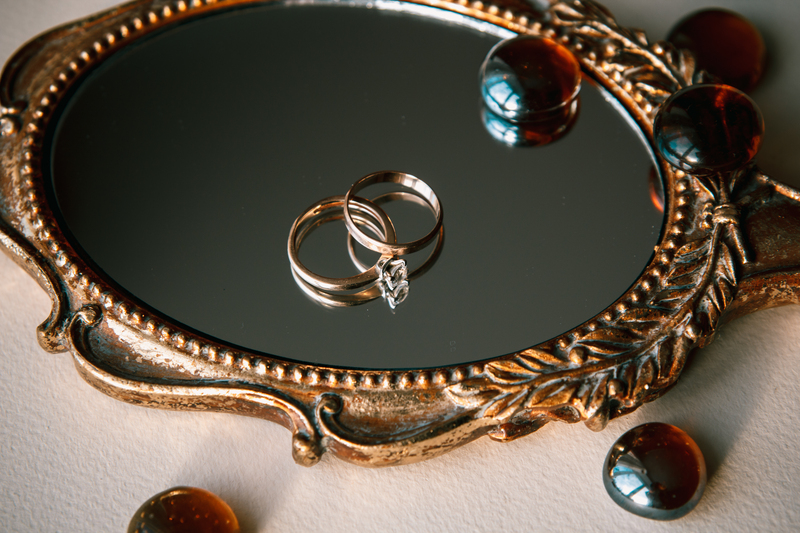The Art of Upcycled Horror: Crafting Eerie Masterpieces from Waste
Posted on 10/08/2024
Horror has been captivating audiences for centuries with its ability to elicit fear and suspense. From classic novels to blockbuster films, the genre continues to evolve and leave a lasting impression on its viewers. But what if I told you that there is a new form of horror emerging that not only scares but also promotes sustainability? Enter the world of upcycled horror, where artists are utilizing discarded waste to create hauntingly beautiful masterpieces.
What is upcycling?
Upcycling is the process of transforming unwanted or useless materials into something of higher value. This concept has gained popularity in recent years as people become more environmentally conscious and look for ways to reduce waste. While upcycling has been used in various art forms, it has found a unique home in the horror genre, where artists are tapping into their creativity to give a second life to discarded objects.
One such artist is Steven Richter, who creates jaw-dropping sculptures using solely recycled materials. His most famous work to date is a life-sized replica of Pennywise from Stephen King's "It," created entirely from discarded cardboard boxes. The attention to detail in his piece is astonishing, with every crease and fold strategically placed to bring the terrifying clown to life.
This attention to detail is what makes upcycled horror so impressive. It requires immense skill and patience to transform everyday items into something eerie and unsettling. From old dolls and toy parts to broken mirrors and rusty tools, these objects add an extra layer of creepiness to the already spooky atmosphere of upcycled horror creations.


Incorporating upcycling
But the art form doesn't just end with sculptures. Artists are also incorporating upcycling into filmmaking, creating short films that not only scare but also raise awareness about environmental issues. Filmmaker Jos? Cardenas is one such example, whose award-winning short film "The Film That Changes Your Brain" uses recycled video footage and audio recordings to tell a chilling story about technology's impact on our lives.
The beauty of upcycled horror lies in its ability to merge two seemingly unrelated ideas - horror and sustainability. By using discarded materials, artists are not only showcasing their talent but also promoting the importance of reducing waste and being mindful of our impact on the environment.
However, like any art form, there are both pros and cons to consider. On the positive side, upcycling promotes sustainable practices and challenges traditional norms of what defines art. It also provides an opportunity for artists to showcase their unique creativity and brings attention to important environmental issues. On the other hand, it can be time-consuming and requires a specific set of skills and resources that not all artists may possess.
For those looking to try their hand at upcycled horror, here are some tips to get started:
1. Be resourceful: Look around your home or local thrift stores for items that can be used in your creations. You never know what hidden treasures you might find.
2. Focus on detail: The little details make all the difference in creating a truly spine-chilling piece. Take your time and pay attention to every aspect of your creation.
3. Experiment with different materials: Don't limit yourself to one type of material. Play around with different objects and see how they can add another layer to your artwork.
4. Merge elements: Upcycled horror is all about combining two seemingly unrelated ideas into something eerie. Think outside the box and experiment with different concepts.
Takeaways from upcycled horror go beyond just creating beautiful artwork or films; it's about promoting sustainability and changing the way we think about waste. By reducing our footprint on the environment, we can all contribute towards a healthier planet.
In conclusion, the art of upcycled horror is a testament to human creativity and its ability to transform even the most mundane objects into something extraordinary. With its nods towards sustainability and pushing conventional boundaries, this unique art form has earned its rightful place in the horror genre and is sure to continue captivating audiences for years to come. So, the next time you stumble upon a pile of discarded objects, think about how you can turn them into something truly haunting. Happy upcycling!





